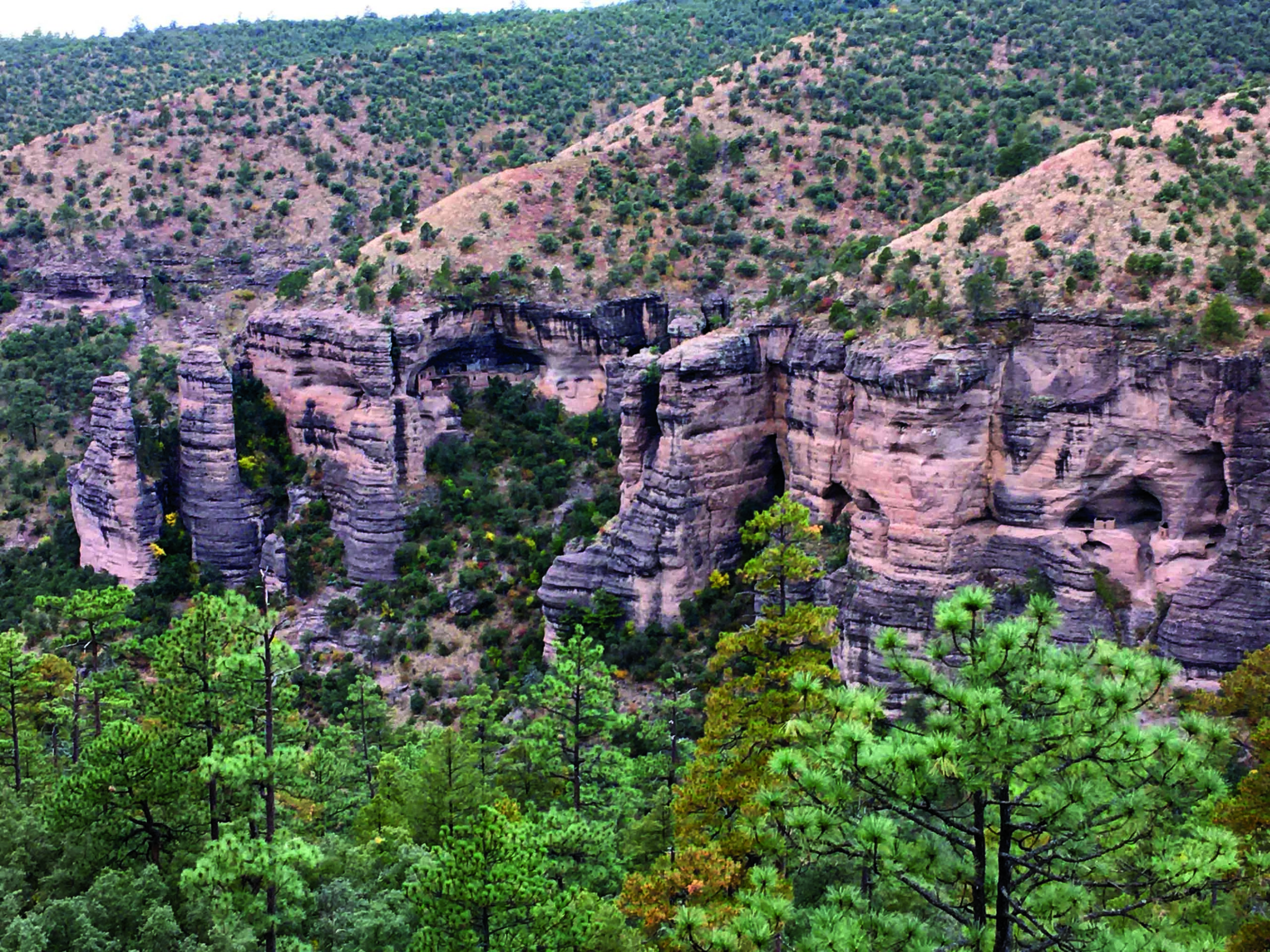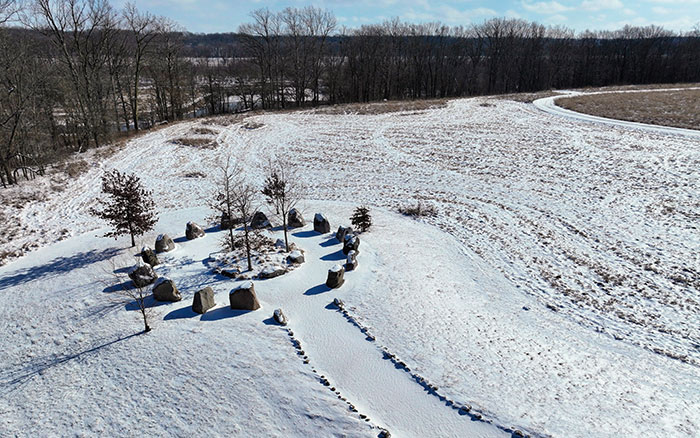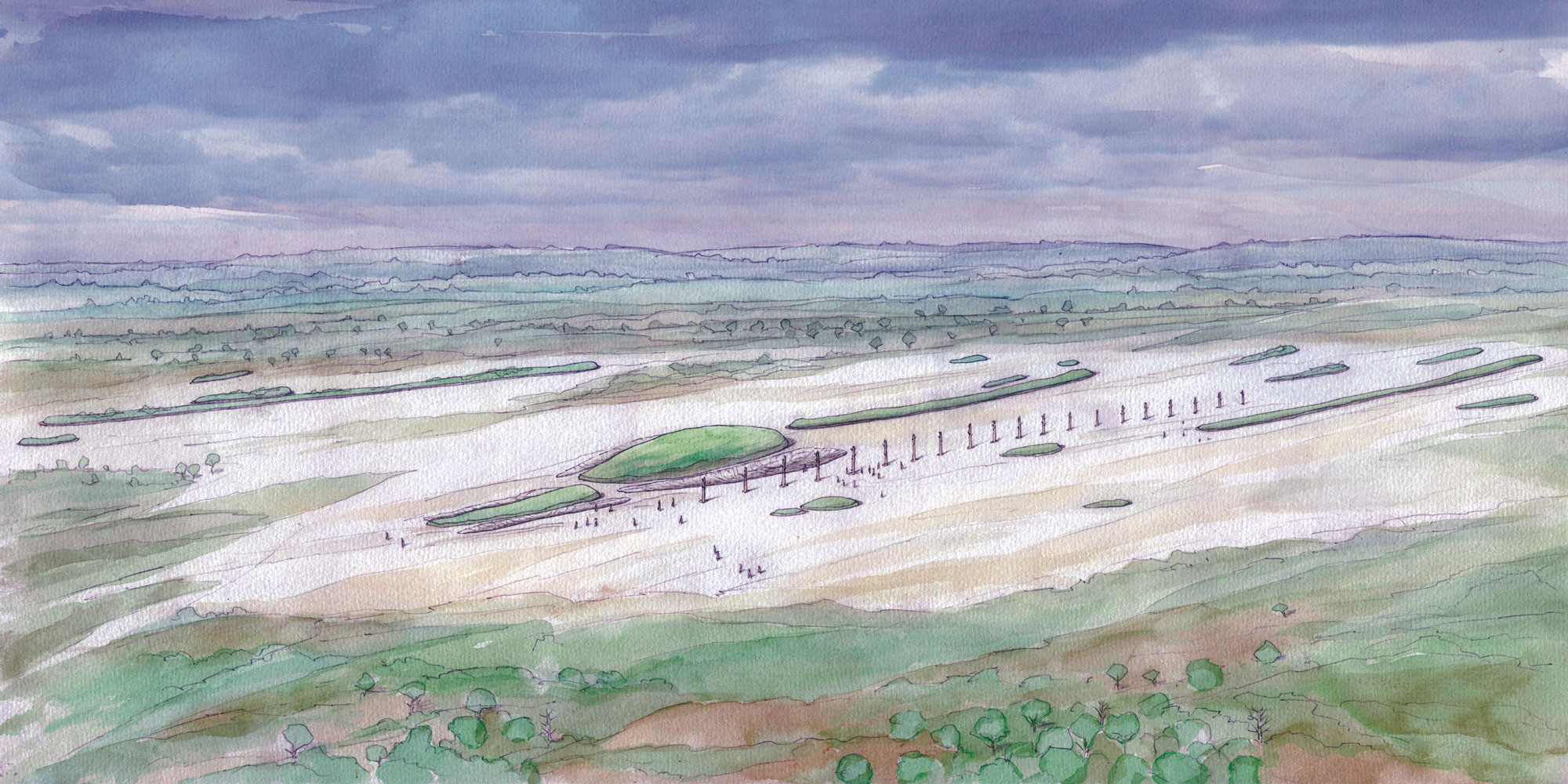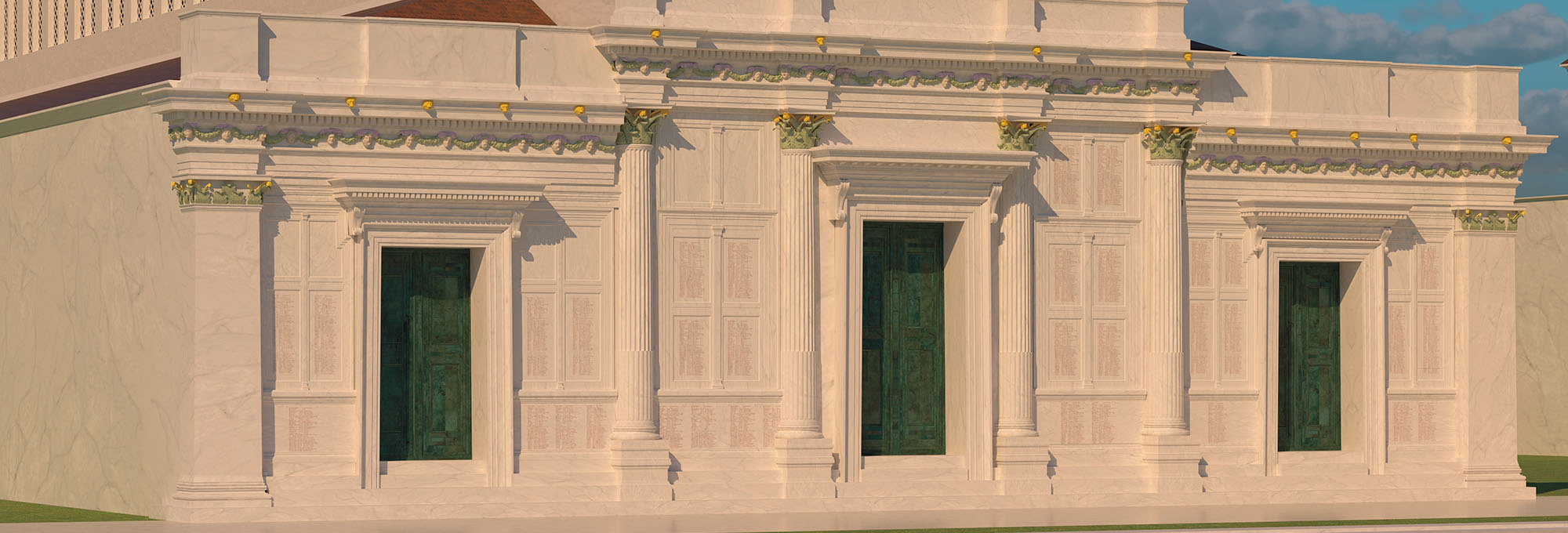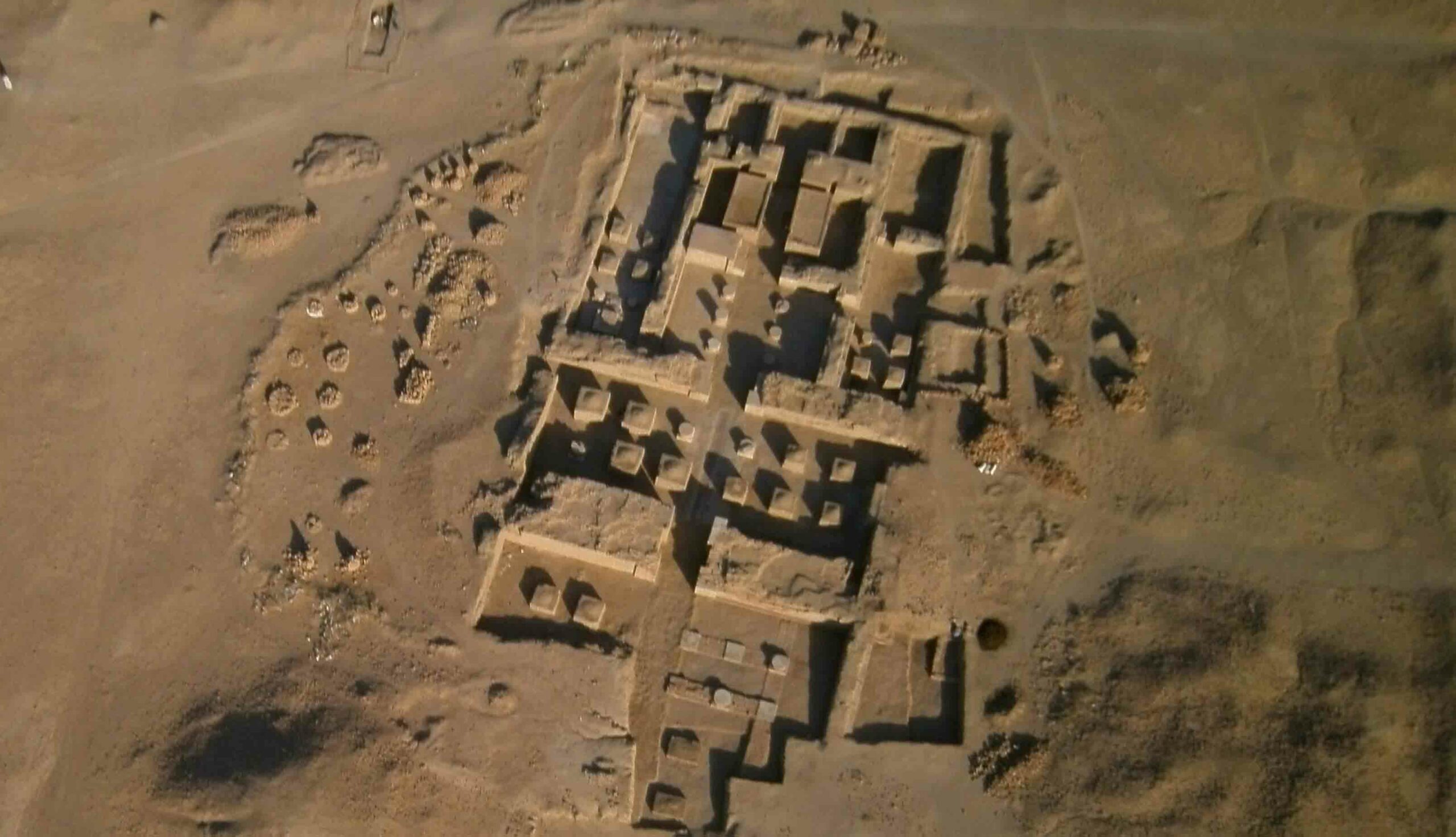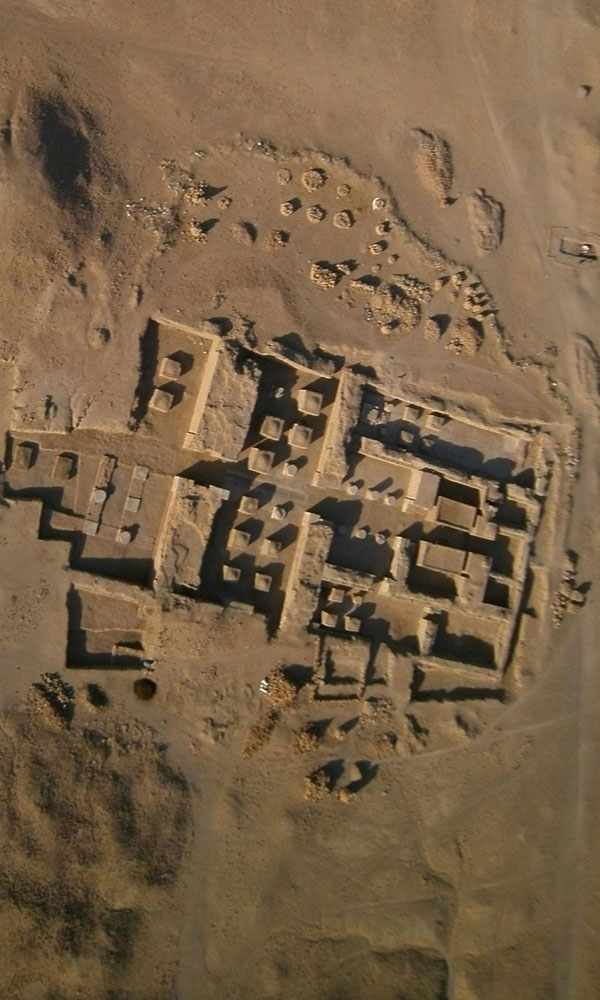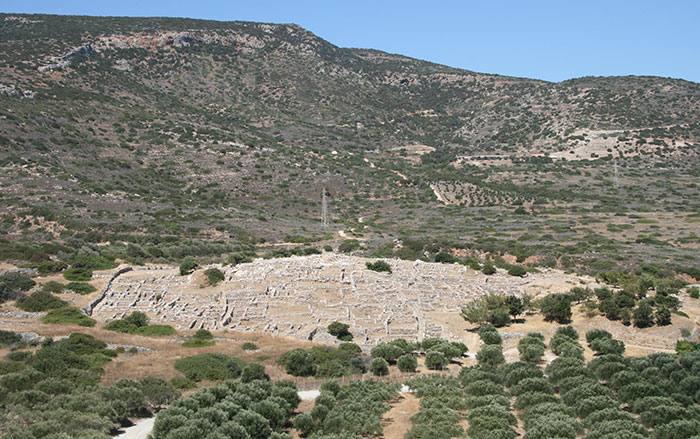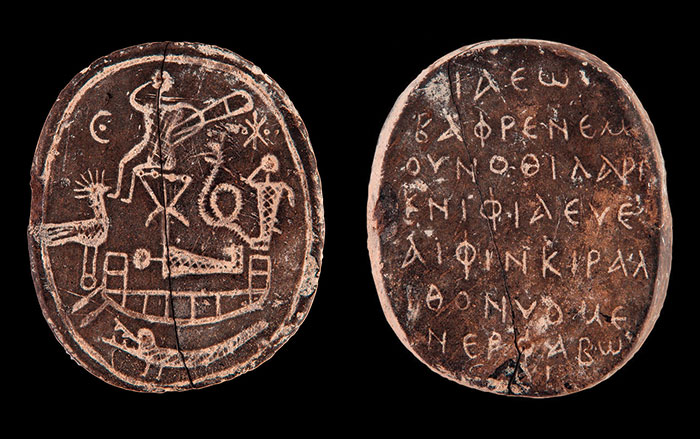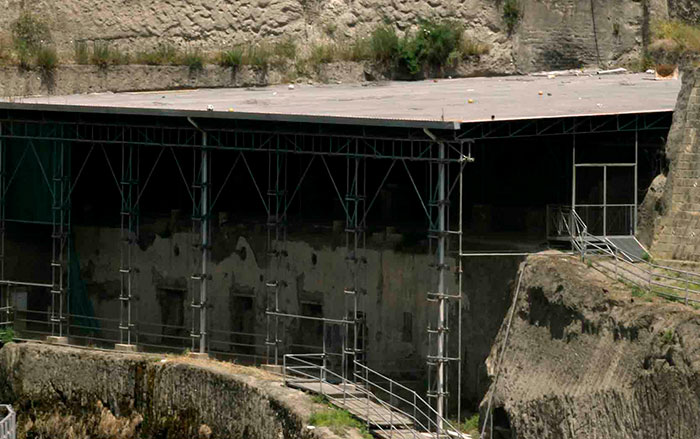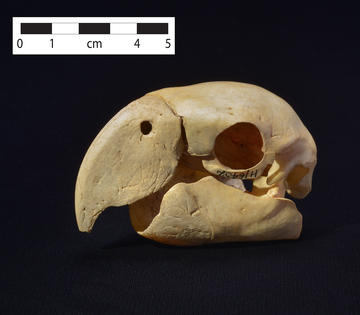
NEW YORK, NEW YORK—New radiocarbon dates for Mesoamerican parrots unearthed in the late nineteenth century in the American Southwest suggest that the birds were highly prized by the pueblo’s political elites in the early tenth century, at least 150 years earlier than previously thought. Most of the skeletal remains of scarlet macaws found in Chaco Canyon’s Pueblo Bonito predate the Chaco florescence, an era of rapid architectural expansion beginning around A.D. 1040. “By directly dating the macaws, we have demonstrated the existence of long-distance networks throughout much of this settlement’s history. Our findings suggest that rather than the acquisition of macaws being a side effect of the rise of Chacoan society, there was a causal relationship. The ability to access these trade networks and the ritual power associated with macaws and their feathers may have been important to forming these hierarchies in the first place,” Adam Watson off the American Museum of Natural History said in a press release. To read more about Chaco, go to "Who Were the Anasazi?"


